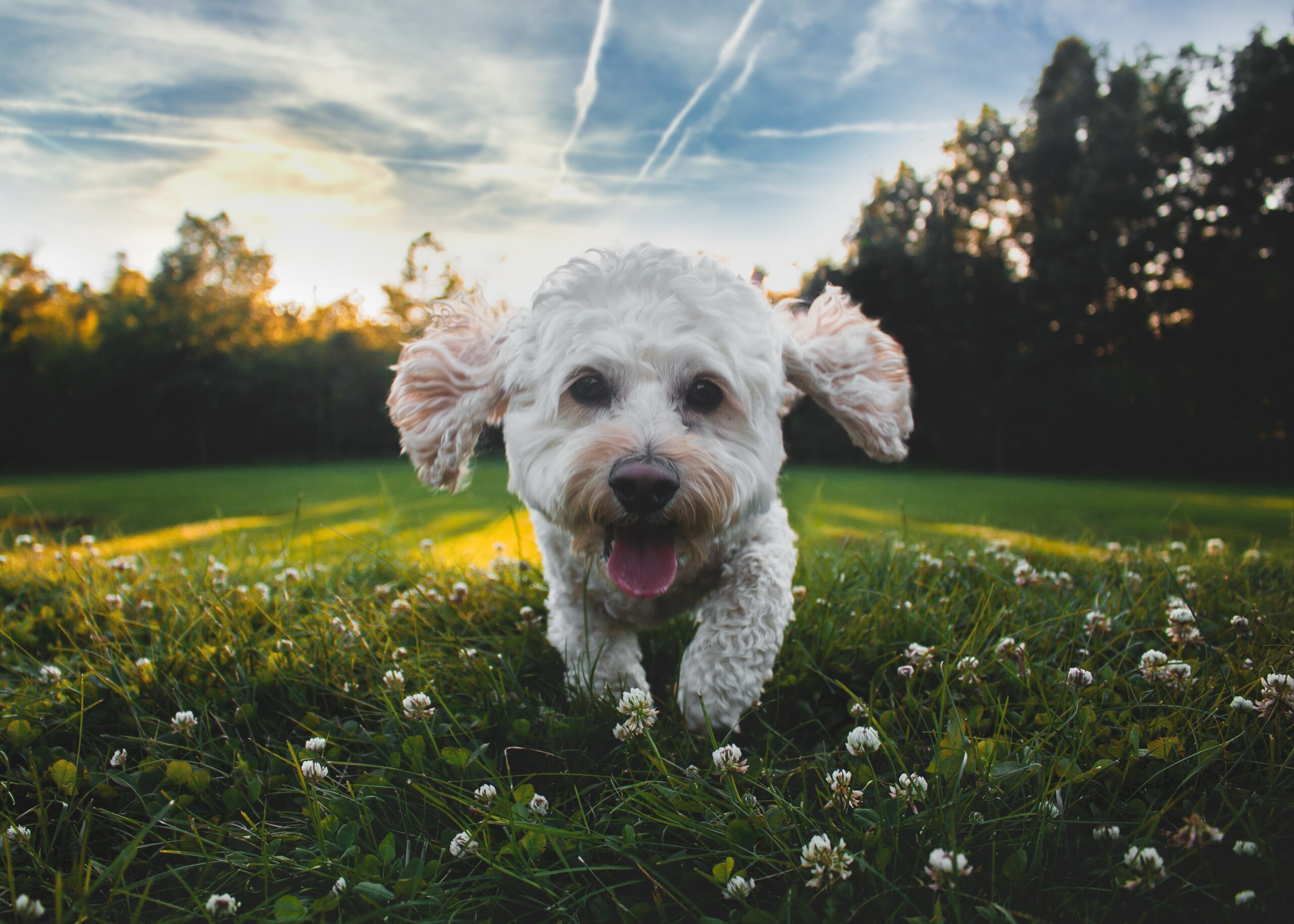There’s a very good reason that canines are lauded as “man’s best friend”. Of all the creatures that have shared space with humans since the dawn of time, dogs have been the most successful at adapting to the environment and establishing long-term bonds with people. While selective breeding has emphasized desired traits in dogs like size, appearance, attitude, intelligence and more, a comprehensive and effective training plan is essential for making your puppy the perfect addition to your home and family.
If you’re new to dog ownership and training, you’re in for a wild, but extremely rewarding ride. Here are some key areas of focus when working with your new best friend.
Setting the Social Order
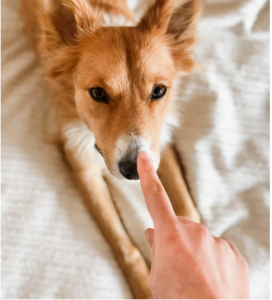
Dogs are naturally social animals who, like humans, maintain a pecking order within their societies or packs. From an evolutionary standpoint, this hierarchy helps prevent infighting. Dogs with dominant personalities may compete for the alpha spot, but in your home, the top dog position should belong to you. If you bring a confident puppy into your home, make sure you don’t accidentally let it take over and start bossing you around.
Your dog may try to establish dominance over other dogs, children and even adults.
Many people want toy breeds because they think small dogs are easier to manage, but that’s not always true. Even small-sized pets are innately aware of the pecking order, and they may use a number of manipulative and sophisticated methods to become the boss of your household. You can maintain authority by setting a regimented training routine, keeping a dominant posture and using techniques for appropriate discipline.
If you need help to re-establish the social order of your home after getting a puppy, you can find free dog training courses online.
Integrating With Other Dogs
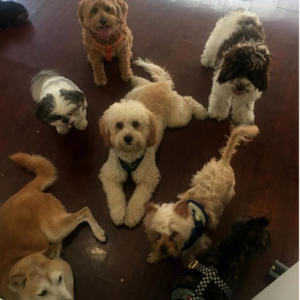
While dogs are pack animals, they do need time to adjust to one another, establish a connection and bond. When you bring a new pup into your house where you have other dogs, keep it separated for a few days and monitor your dogs’ behavior toward the new addition. Allow your existing furry friends to make their introductions first, preferably during a time when the puppy is calm, sleepy or not overly excited.
If you have older dogs, a hyper young pup may be overwhelming or annoying to them. Therefore, it’s very important to supervise all interactions and ensure everyone is comfortable until the newest family member is fully accepted into your pack. This is especially important if you have pets other than dogs, like cats, rabbits or reptiles that may not be as interested in your puppy as it may be in them.
Overcoming the Urge to Chase
Canines are natural hunters with an instinct to pursue and capture prey. While the desire to chase has been bred out of many domestic species, some dogs do what comes naturally even if you don’t train them to hunt or stalk. This makes your property potentially dangerous for passersby, joggers, cyclists and other animals. Even the sweetest of furry companions can be capable of predatory aggression, so it’s essential to implement consistent recall training early on to overcome a chasing habit and prevent an unsafe encounter.
Playing With Purpose
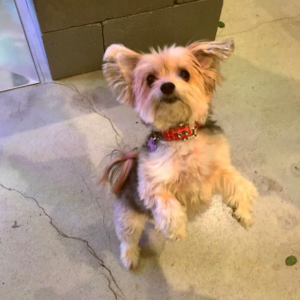
Most dogs, especially puppies, love to play, and they use it to establish relationships with people and other animals. For young dogs, there’s a fine line between playful behavior and aggressive actions, so you must help them to learn and understand the boundaries. Thankfully, dogs who love to please view their coursework as playtime anyway.
When playing with your dog, make sure to use toys that provide a mental or physical challenge, but are also safe. Leaving a chewable toy laying around for your pups to play with on their own is a great idea, as it prevents them from seeking their own entertainment. However, if your dog likes to chew, shred and destroy toys, you need to be cautious of choking or blockage hazards that could put Fido in grave danger.
While dog parks are meant for social animals, not all dog owners are on the same page, so always take precautions when introducing your pup to a new friend. Let them meet one another in a controlled space, while leashed and supervised by their respective owners. If they are able to overcome any tense moments and enter a playful state of bowing and barking (not growling), then they are ready to run and play together in the park.
Enabling Regular Exercise
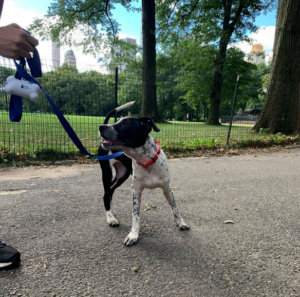
Regardless of the breed of your dog, it needs and craves exercise. While some breeds may be content with a daily walk around the block, others have the energy to rival ultramarathoners. Before getting any dog, it’s important to research the breed’s activity level and decide whether or not you have the time and energy to commit to a regular exercise routine that will meet the needs of the animal. By letting your friend work out its pent-up vigor, you’ll simultaneously prevent bad behavior that results from boredom, like chewing, barking or digging.
Encouraging Socialization
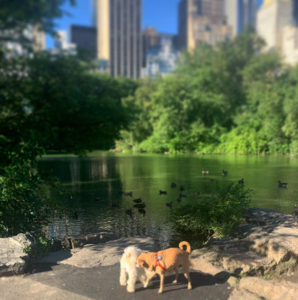
When your dog feels nervous or scared, it may act in an aggressive manner. You can avoid unexpected fear-induced aggression by exposing your best friend to many different kinds of social experiences in its early years. For example, if you walk your dog in a neighborhood where you often pass parents pushing strollers, your dog may be fearful of the strange contraption and act out. By introducing your dog to lots of different types of objects or situations inside and outside your home, like large signs, vacuum cleaners and farm animals, you can help them feel more secure in the world and possibly prevent a dangerous encounter.
Additionally, a dog’s fear response can be triggered by unusual sounds. If your dog is afraid of loud noises and you live near an air force base, then giving your pup a treat whenever an F-16 flies over your house will help to lessen the fear associated with that noise. Eventually, your dog will get used to the sound and the fear will subside.
Cultivating Good Meal-time Manners

A meals not finished until someone stands on the table.
Just like most humans, dogs love food. Some breeds love food so much that they can’t stop themselves from eating it, even when they’re full. Therefore, it’s important to manually ration your dog’s meals and not rely on a free feeding mechanism if you find that your dog can’t self-regulate at the dinner bowl. Also, like humans, portion control is essential for maintaining a healthy weight in canine companions.
It may be alarming if your dog growls or shows aggression while it eats, but it’s natural to be possessive over food. Giving your dog adequate space and time to finish a meal in peace will help alleviate the feelings of anxiety that cause this behavior. Just make sure never to put your hands near the food bowl while Fido is eating, and teach children that dinnertime is not playtime.
Begging is a common dinner table performance by desperate dogs wanting a bite of their human’s meal. While many dog owners aren’t bothered by the behavior, others find it annoying. If you want to nip begging in the bud, consider feeding the dog before your family sits down for supper, sending it to its crate and ignoring the request altogether.
Establishing a Sleep Routine
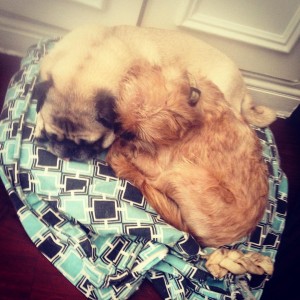
#cuddlebuddySunday
When you bring a new baby into your home, the goal is to make the baby sleep when you sleep. That way, everyone gets good-quality sleep. The same is true for dogs, although it may be a bit easier to sleep train a puppy than a newborn human because dogs naturally adapt to the timetables of their humans.
Crate training is a great option if you don’t want your dog to be free to roam the house at night. Just make sure the crate is sized appropriately so your dog can stand, move around, curl up or stretch out into a preferred sleeping position. If done correctly, your dog will view the crate as a safe haven and retreat to it without a fight when the clock says bedtime.
If you decide to let your dogs find their own sleeping spot, don’t be surprised if they choose the warm, cozy place next to you. Many dogs will seek companionship when they sleep for added protection or because they have affection for you. There’s nothing wrong with letting your dog sleep in the bed with you unless it impacts your ability to achieve adequate rest.
If you decide you don’t want Fido on the furniture, then provide a few dog beds throughout your home. Many dogs seek out comfortable spots and will fashion their own little nests of blankets, stuffed toys or towels to make a plush place to lie down. A dominant dog, or one who gets hot easily, may choose to sleep alone and without comfort items, but most will choose to rest in luxury.
Whatever role you want your dog to play in your lifestyle, you’ll need to spend significant time molding it into the pet you desire. With enough patience and consistency, you can experience the immense value that living with a dog brings to your life.
photo credit: https://unsplash.com/photos/KVeogBZzl4M
Love our content? Share it with a friend or link it to social media. Like short clips of cute household pets? Training tips? Follow us on instagram @nydognanny or on YouTube at nydognanny. Have some news you needs to get to dog and cat parents stat? Email info@newyorkdognanny.com with your article pitch.

